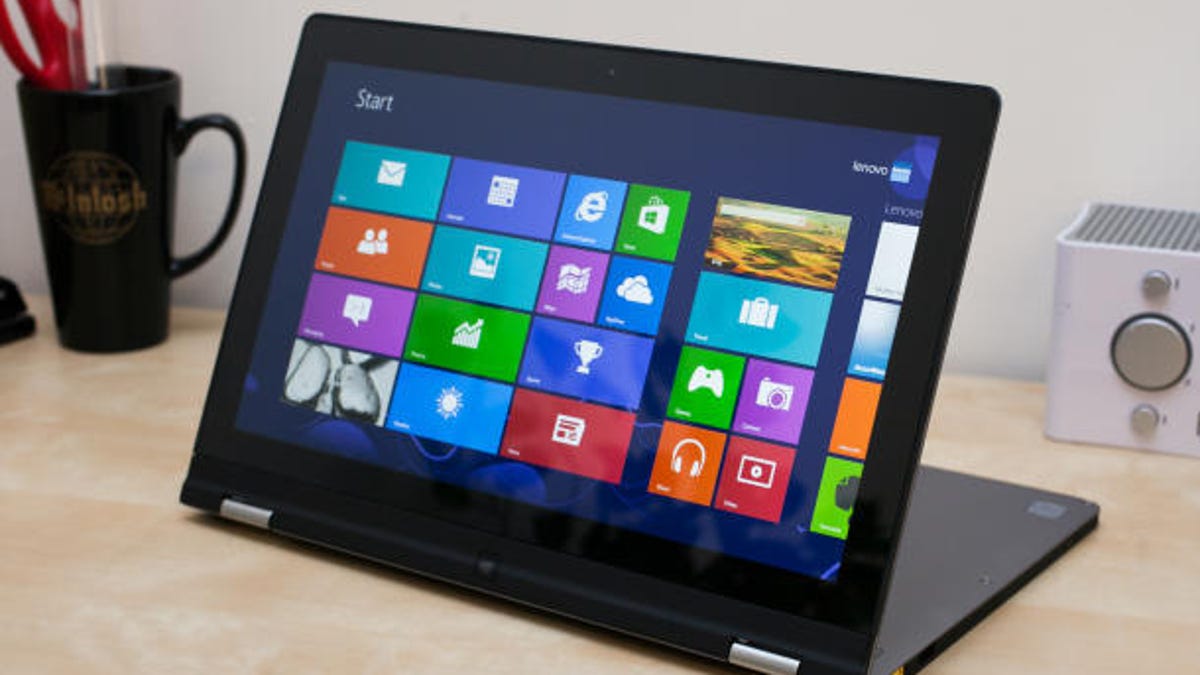Windows 8.1 update may default to desktop on startup
An expected update to Windows 8.1 could reportedly boot directly to the traditional Windows desktop, bypassing the tiled "Metro" start screen.

(Update: ZDNet is calling the report into question, saying, "if Microsoft did make skipping the Metro Start screen a default option, the company would give developers even less of a reason to write Windows Store/Metro Style apps.")
The expected update for Windows 8.1 could bypass the touch-centric tiled start screen and jump directly to Windows desktop, according to a fresh report.
The latest build for the Windows 8.1 update indicates that devices will boot to the desktop UI by default, according to Wzor.net, which has been leaking screenshots over the past several weeks.
This would go beyond the option to bypass the tiled start screen -- what used to be referred to as the "Metro" screen. That feature was introduced in Windows 8.1 last year.
If Microsoft actually carries the UI switch forward to the Windows 8.1 update released to the general public, this would be a reversal of one of Microsoft's key original concepts for Windows 8, as noted by The Verge.
The tiled start screen is touch-centric and designed for devices like tablets and touch-enabled laptops.
The problem is, lots of users still use a mouse and keyboard with Windows 8 and spend a lot of time in the Windows 7-like desktop environment. Microsoft also is expected to allow Metro apps to run in separate windows on the desktop, according to The Verge.

